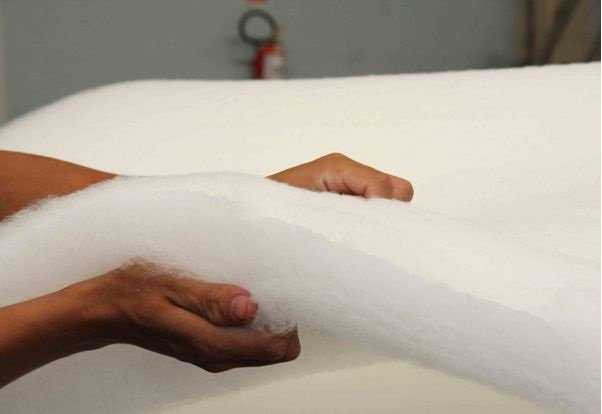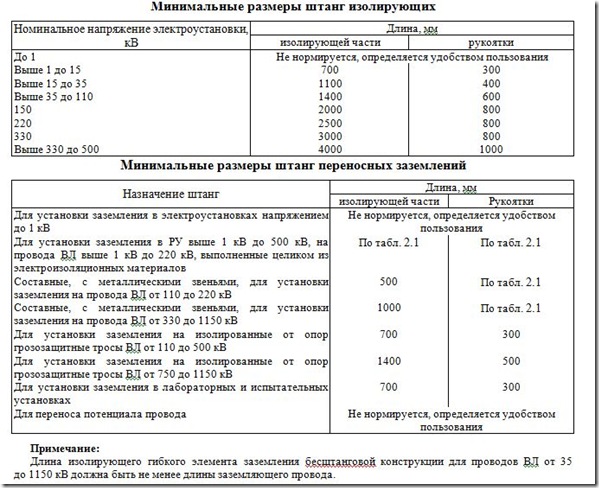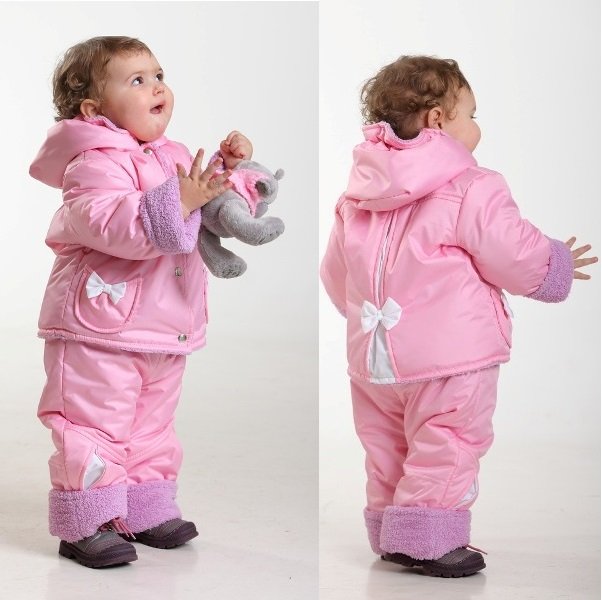Bologna fabric - features, advantages, disadvantages
In the 60s, bologna fabric became wildly popular in Russia. Raincoats were made from synthetic material, which were prestigious and fashionable to own and wear. However, this did not last long. Bologna fabric went out of fashion as quickly as it burst into fashion. Consumers, in addition to its advantages, also found various disadvantages in the material.
Bologna fabric - an option for sewing jackets
So, more details. Classic bologna fabric is best suited for sewing jackets with a hood designed to protect against wind and rain. The material is an interweaving of the finest polymer threads. Their thickness is microns. The tighter the weave, the thinner the threads, and the more difficult it is for moisture to seep inside. This is the difference between bologna and rubber and polyethylene, which are solid, homogeneous fabrics.
A little history
In 1903, Giulio Natta was born in a small town called Imperia. Since 1938, he has led research into artificial substitutes for consumer goods. Including rubber. In the 1950s, Natta was able to obtain stereoregular polymers. He created a completely new type of rubber. The scientist continued to engage in all kinds of research, bringing the processes to industrial development.
The world's first production of isotactic polypropylene in the form of plastic began at a plant near Bologna. A little later - also in the form of a durable film. A few years later, inexpensive waterproof material could be easily purchased in all world markets. In short, bologna fabric is a direct result of the work of the chemist Natta. 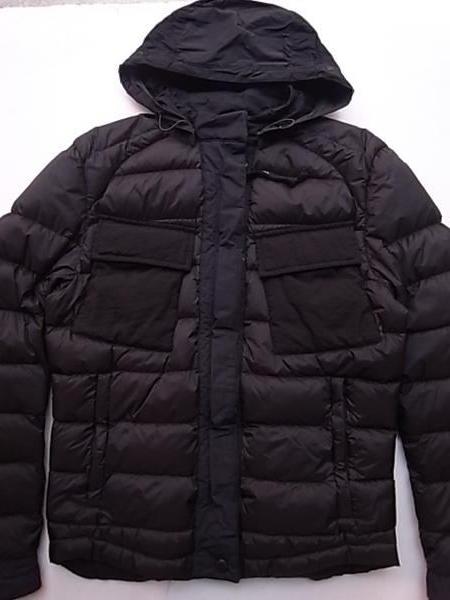
We use it for its intended purpose
This material is nylon treated with a polymer acrylic composition, which gives it special water-repellent properties. However, at the same time, it also becomes airtight, which greatly reduces its hygienic properties.
What else, besides jackets, can bologna fabric be used for? The photos indicate raincoats, lightweight winter ones, and don’t just forget that all these products must be used strictly for their intended purpose. That is, a thin jacket without foam or a raincoat should be worn during rain. They should not be worn as a jacket or blazer. The airtightness of the fabric prevents the evaporation of sweat, so in such clothes a person will feel very stuffy and can easily overheat.
Jackets with a warm lining or foam rubber are great for hiking, ice skating or skiing. You can use them as a lightweight version of outerwear in the autumn or spring seasons. But, of course, there is no need to wear them to sports competitions or serious sports training. Great physical exertion forces the athlete to sweat a lot. 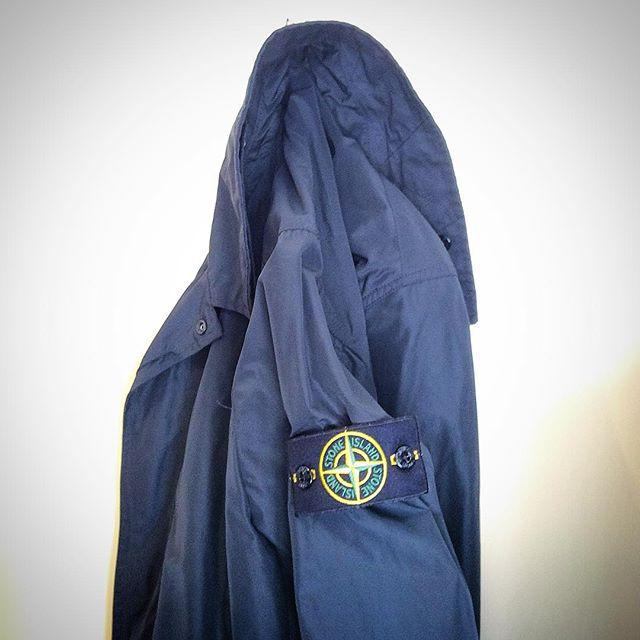
Advantages
In a word, bologna material is distinguished by its own separate purpose. The fabric, after all, has many fans due to some of its advantages. Unlike products made from cotton or mixed materials, rubberized or impregnated with special materials, it has the following advantages: high strength, resistance to climatic influences, lightness (compared to other raincoat materials). For example, the weight of a Bolognese raincoat is about 400 grams. At the same time, the average weight of a cotton raincoat is approximately 1000-1500 grams.
Flaws
Bologna is a fabric that, of course, like any other material, has not only advantages, but also disadvantages. Yes, it is light, durable and practical, but it is absolutely unstable to the action of organic solvents. Especially when it comes to white spirit or tetrachlorethylene. These substances can dissolve the polymer coating, so dry cleaning is prohibited. 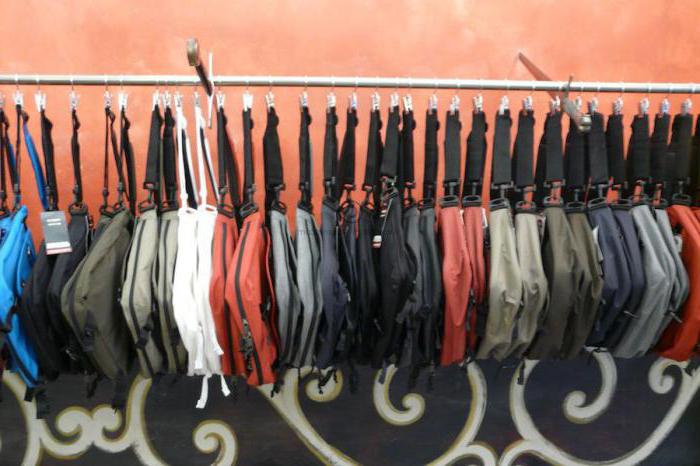
The film, as mentioned above, is waterproof. However, it is also impermeable to air. Therefore, such raincoats should be used only in damp weather. By the way, it is also not recommended to wear these clothes in sunny weather. Impregnation polymers and nylon fabric are slowly destroyed under the influence of direct bright sunlight. In a word, your raincoat or jacket will quickly become unusable.
The fabric is not dry cleanable. It can only be washed in soapy solutions or using special neutral detergents. In this case, hot water cannot be used. When washing, you need plenty of foam; heavily soiled areas are moistened with a washing solution. Excessive mechanical influences should be avoided. Hard brushes and spinning should be avoided.
When drying bologna products, avoid high temperatures and exposure to direct sunlight. After drying, they are ironed from the front side, but only with a slightly heated iron. It is best to use an iron with a thermostat for this purpose. Its handle should be installed on the “artificial silk” or “nylon” division.
Thus, bologna is a material that has both advantages and disadvantages. Whether to purchase such things or not is up to you. Enjoy the shopping!
- Rules for the use of electrical protective equipment when carrying out work in electrical installations
- How to sew fleece mittens
- Protective means in electrical installations
- Computer glasses: which ones are better to choose?
- How to wash things with Thinsulate insulation
- Electrical safety training, labor protection, ecology, electrical safety, fire safety minimum, first aid courses
- Protective equipment in electrical installations up to and above 1000 Volts
- What is fleece fabric, where is it used and how to care for it
- Personal protective equipment
- What kind of fabric is this?
- Thinsulate
- Test periods for protective equipment used in electrical installations
- What protective equipment is used in electrical installations with voltages over 1000 V?
- How to sew a women's jumpsuit
- Isosoft insulation: what it is, advantages and disadvantages
- Protective means. Insulating rods
- Mittens and mittens from an old sweater
- Isosoft insulation - what is it?
- How to correctly determine the size of gloves for women
- Marine uniforms of the Russian Navy for sailors and submariners, old and new, for sailors and officers, casual, demobilization and dress




